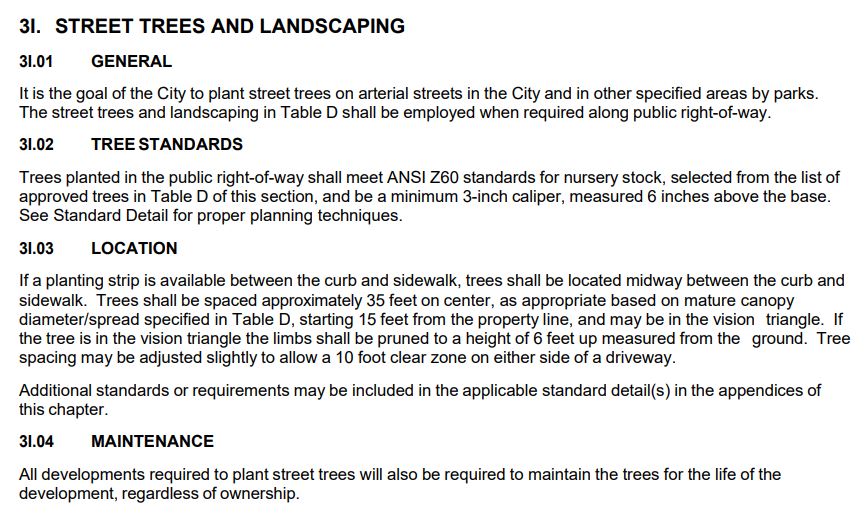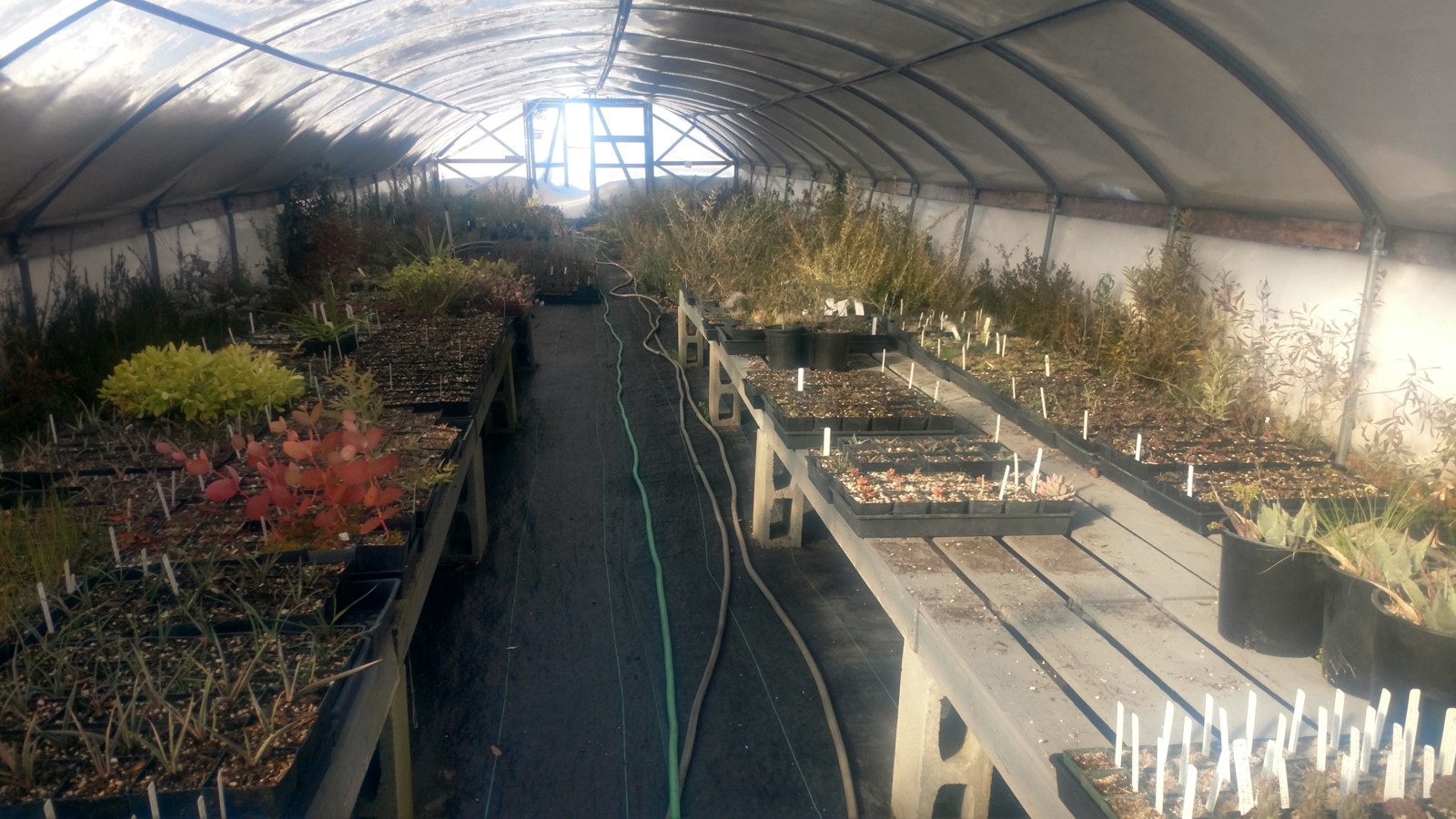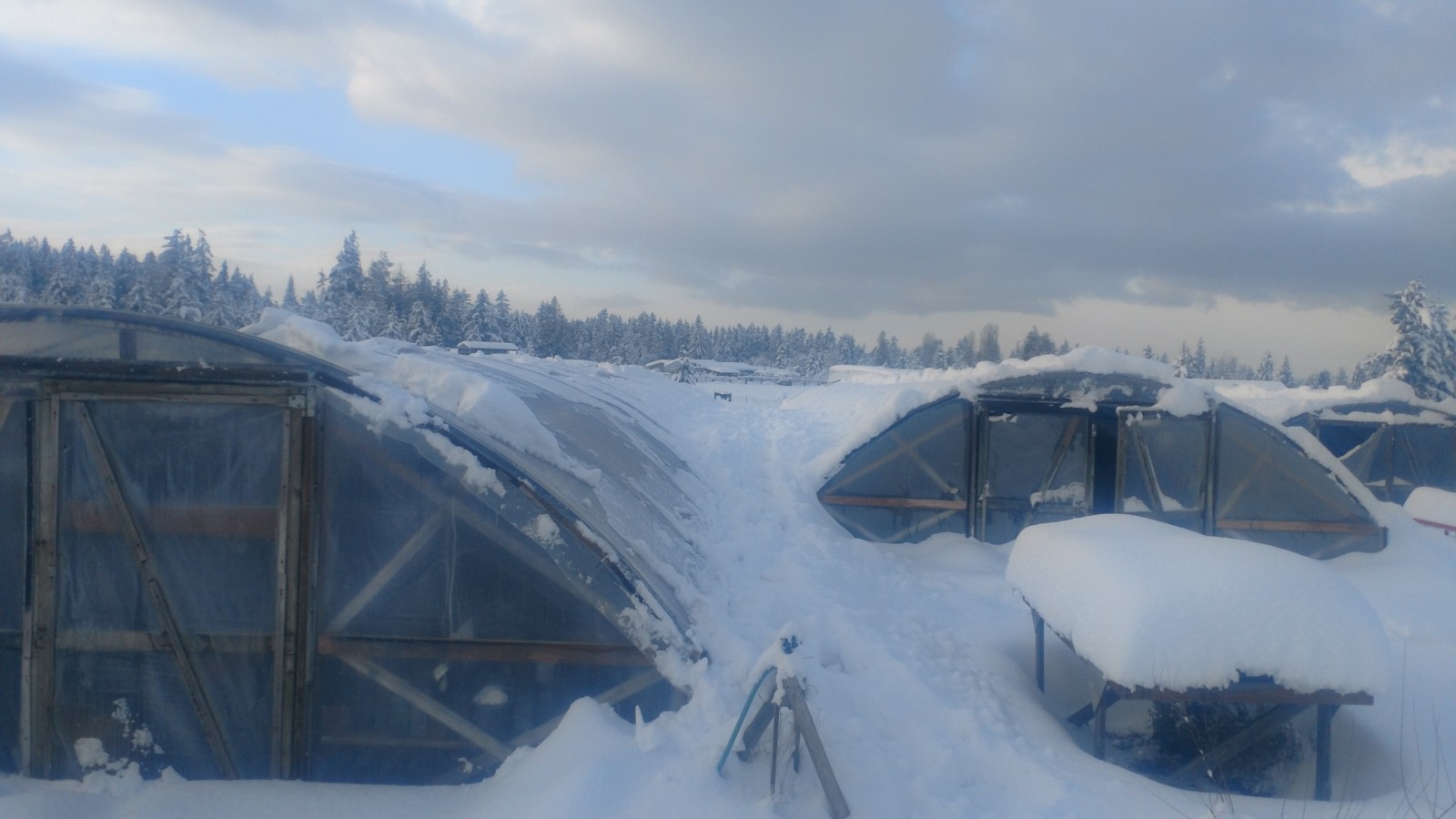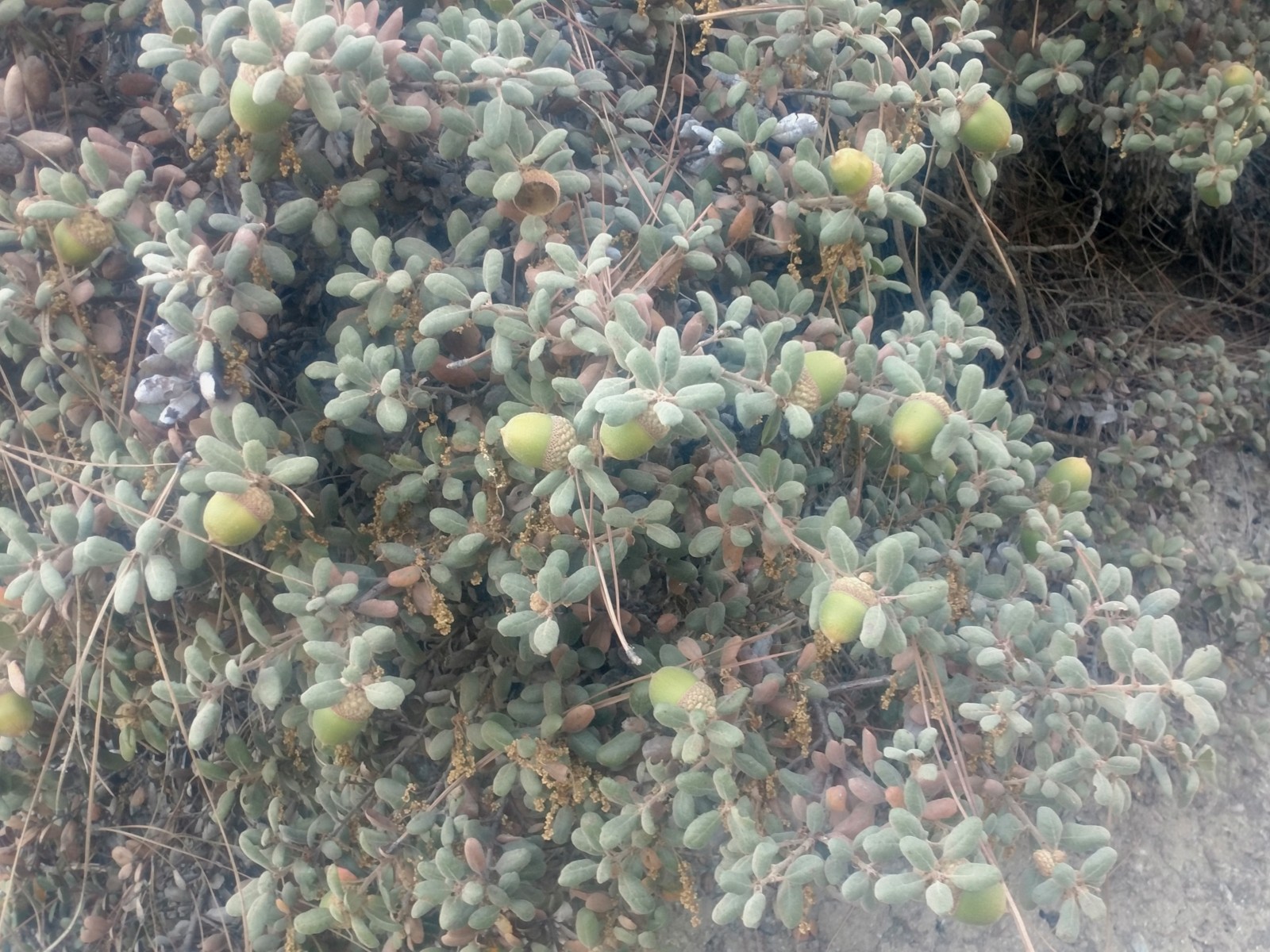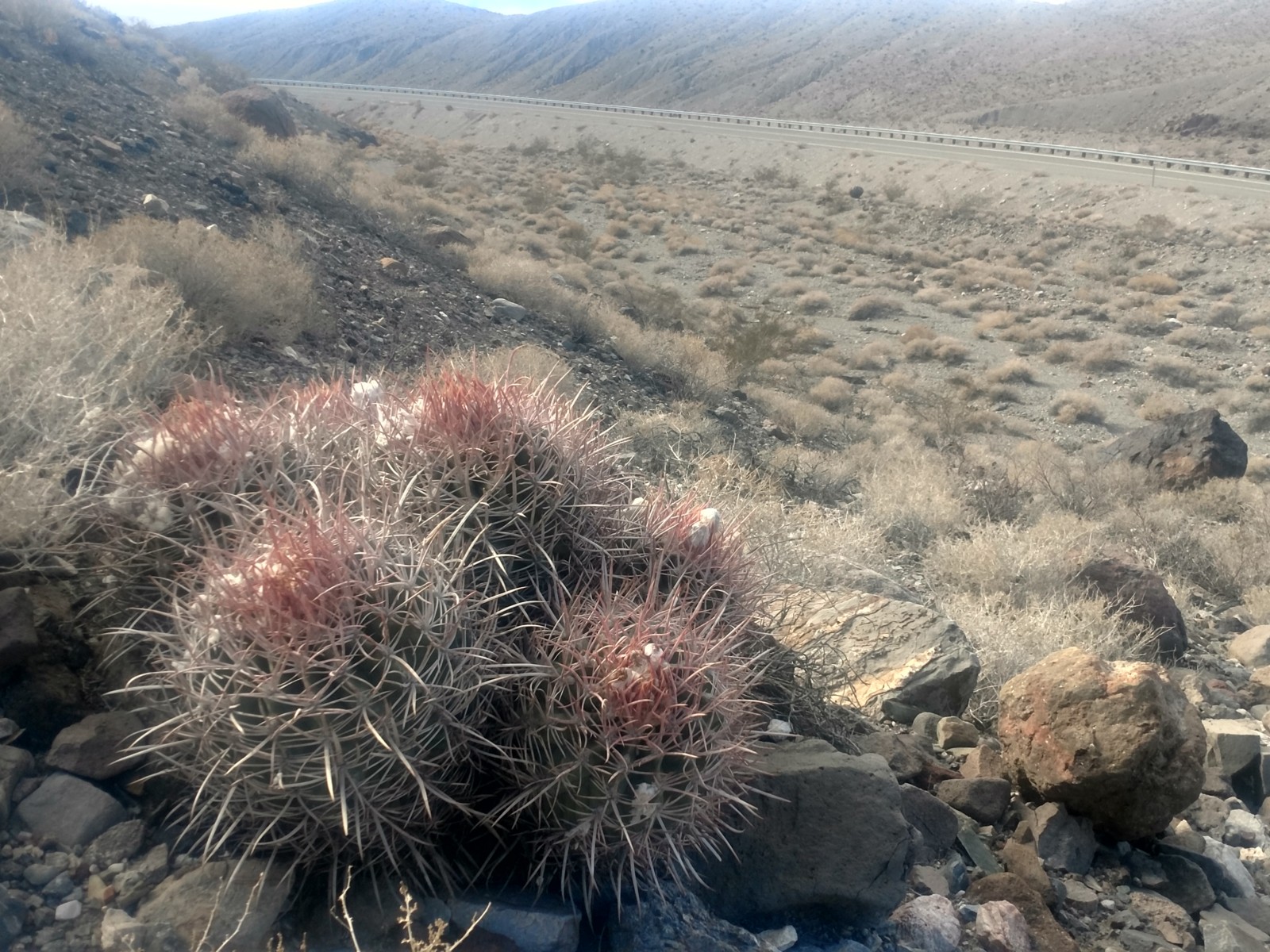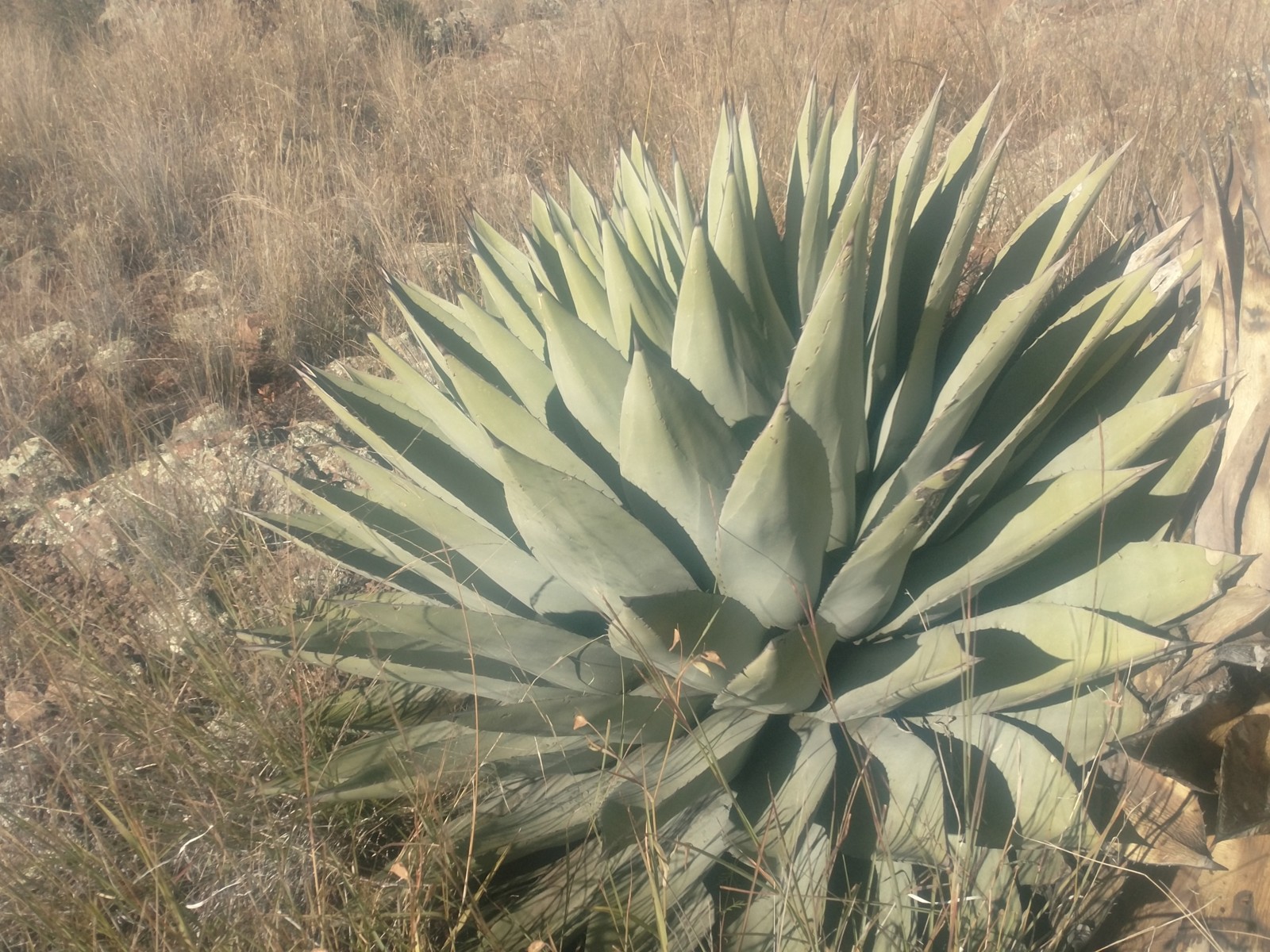Spring is here and people are asking: Are we going to open the nursery sometime this year or what? The answer is yes, we are, so that’s something. However, we have had another hard winter, which means more work and more preparation to get everything looking presentable. Believe me, I have been very hard at work. I am optimistic that we will have a lot of great stuff looking good by mid-summer or so.
So we’re shooting for a serious opening day of June 17th, with likely a “soft opening” on June 10th. The only difference is that I probably will not yet have the mess in front of the greenhouses quite cleaned up by the 10th, where I have an active work-station for cleaning plants, with tons of pots, soil, tools, etc. hanging about. I think by June 17th I can make that all go away and mow down some tall grass in this area, and return to cleaning and repotting in the back of the nursery. Then by early to mid July—perhaps sooner, if we’re lucky—it is my hope that ALL the formerly “messy” or neglected areas in the retail space will be completely cleaned up. It just takes a long time for one person get it all done, although we also have had some occasional volunteer help which is much appreciated (you know who you are!).
So to start with, we will be open Saturdays through most of summer, but I’ll probably add a couple Fridays as well, and then maybe add more if people continue to actually show up. Also, the hours will be earlier than they used to—we’re going to close at 2:30 sharp every day we are open. More details to follow on that later.
The other thing people are asking is, am I ever going to update the web list or what? Well it sure looks like I need to, doesn’t it? However, I have been deliberately putting it off. Last year I produced a new list too early, trying to get a jump on the season, and regretted it. This, once again, has to do with the unusually hard winters we have had. I may have already said this last year, but it turns out that when the temperature drops to the low teens, there is quite a bit of damage in the greenhouses (when not heated); and this damage can often take a long time to manifest. In many cases, plants that would normally be hardy in the ground incur major damage in little pots. The top growth may look fine while the roots are dead, and then the whole thing collapses when the weather warms up. So it is really best not to produce a list until everything has sorted itself out. Further problems arise when the list doesn’t reflect what is available and in good health. I know I’m missing out on a lot of early and mid-spring sales when people are itching to buy, which is unfortunate. This summer I hope to look into some passive solar heat options that will hopefully boost overnight winter temperatures in those greenhouses by a few degrees. That could be a game-changer as far as avoiding plant damage in the winter. Maybe.
So, getting to the point here, yes, a new list will be available soon—at the latest, it definitely needs to be up before we open. I’m shooting for the first week of June. Watch this space for updates!
Now to the exciting plants. So I’ve started posting to Facebook—yes, that old dinosaur of a social media platform, but it still seems to be where many in my demographic remain active—one photo per day from our nursery of plants that we have available. Until I can get the web site updated in a more complete sense, people should know what exciting things are in the nursery. Also, it’s not out of the question we’re headed into an economic recession, so it seems prudent to try to sell as much as possible beforehand. So far, there have been no signs of interest in plants and gardening letting up.
Also, somehow over the months and years I have neglected to really pay attention to friend requests on the Facebook. So finally a couple weeks ago, I went through them all and added a bunch of plant people. I will try to add a few more each day. I plan to post mainly about plants and keep obnoxious political discussion to a minimum, even when baited into it. However you may have to tolerate the occasional silly meme or picking on examples of poor gardening taste seen in the wild.
So in this post you can view all photos of the first 10 plants, along with the attendant descriptive text, which I already posted to Facebook over the previous two weeks. It will be good to have a more permanent record here, and some of you plant enthusiasts may not use Facebook. But if you do want to follow along on Facebook and see these the instant they are posted, you can follow me either at my personal page [link] or at the Desert Northwest page [link], or both. If you opt to “like” the nursery page, be sure to also click “follow.”
Each plant picture includes a reminder that you can write to us at mail@desertnorthwest.com for a mail-order price quote, or to arrange an appointment to pick up plants or shop here on site. We also remind people that, for a minimum of $150 (prepaid), we will deliver the plants to any location in Port Angeles, Sequim, Port Townsend, or Kitsap County. (Kitsap customers must accept Sunday delivery.) This gets repetitive but hey, it’s no secret that I’m out to promote our plants and make sure people know how to buy them. We don’t expect most people to want $150 worth of just one plant type, but we hope to tempt you with more and more plants over time as they are added.
Finally, we should remind you that plant sizes larger than the 4” pots are not really meant for mail-order, although we can sometimes also ship the 1-gallons if they are short enough to fit in our boxes without risking damage. Any size of plants are available for pick-up or delivery.
Even more finally, we should note that prices are subject to change, with the latest published prices being applicable, whether here on the blog, or on the web list.

We’ll kick things off with this fancy Ceanothus groundcover, C. gloriosus ‘Heart’s Desire’. It produces DEEP BLUE flowers in late spring and has glossy evergreen leaves. Not like some of the large, rangy Ceanothus groundcovers, its growth habit is low to the ground and it is not terribly aggressive. It should be planted in full sun and is adapted to the dry summers of the West Coast. Truly the groundcover your heart desires, right?
$18 / 4” pot
$22 / 6” square “gallon” pot
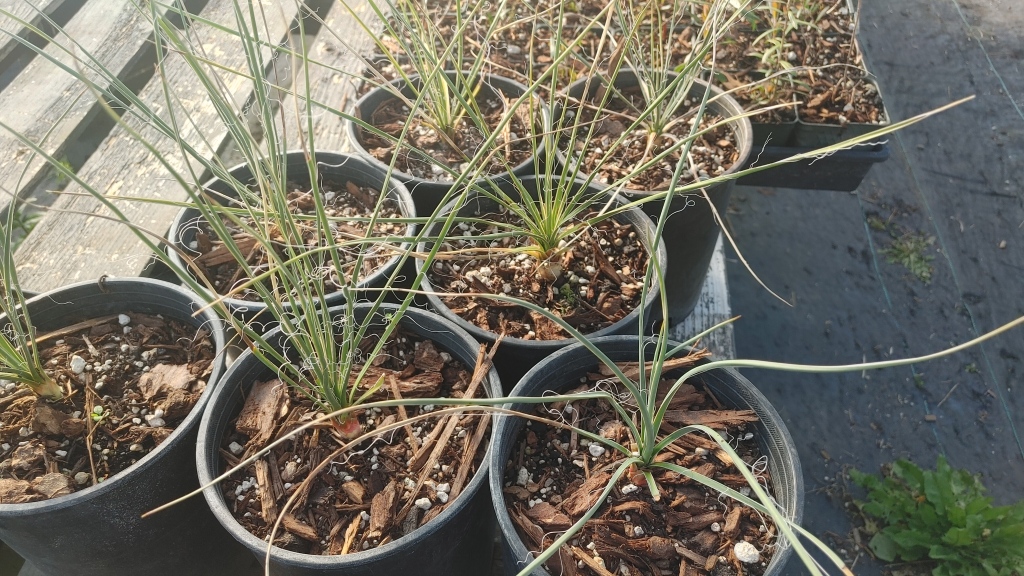

Today’s featured plant is Yucca elata subsp. verdiensis. It is a more dwarf form of the trunk-forming Yucca elata; though it does still form a trunk, it tops out at just 4 or 5′ tall with shorter leaves than the species. It is native to central Arizona but is completely hardy to at least -20F, and does fine in the Northwest. It’s also small enough to keep in a large pot. The seed was collected by our friend Jeff in Victoria BC. The second photo is of a mature specimen in habitat.
$22 / 1 gallon pot
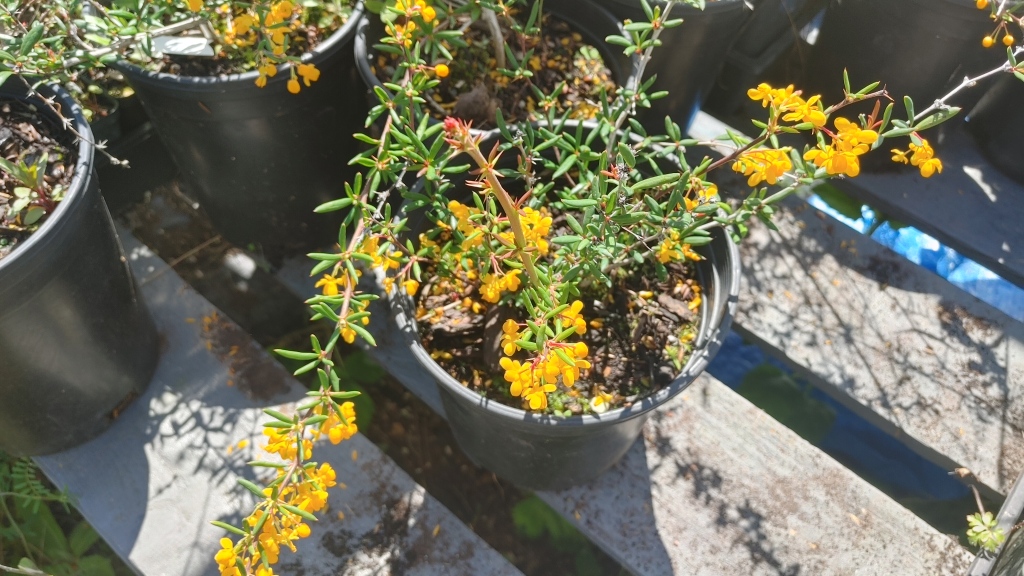
It has occurred to me, although we are all about foliage/texture around here, perhaps I ought to post plants that are in bloom when possible. So this is Berberis x stenophylla, an evergreen shrub from Chile that makes an impressive show of bright yellow flowers every spring. It has tough, narrow leaves and is moderately spiny–ideal for a hedge, and deer don’t like it. Completely hardy west of the Cascades, bulletproof, and easy to grow.
$16 / 4” pot
$20 / 1 gallon pot


Today’s plant of the day, Borinda macclureana. It might not look impressive when young, but it matures into one of the more impressive bamboos we can grow in the Northwest. I’ll post a pic in the comments of a mature specimen. It is clumping, eventually forming a huge “fountain” shape of dense foliage. It always remains in a tight clump and is not invasive, however, as with many true clumping bamboos, it forms a rather large footprint through gradual expansion.
Unlike many of our plants, it performs best with some summer water, being native to the eastern Himalayas. It is pretty sun tolerant but is more likely to achieve its full size potential in a sheltered position. We do not recommend it for colder gardens as it may have trouble below 10F. Below 15F it starts to look a little stressed, although our in-ground specimen has survived the last two winters of 11F and 13F respectively, without serious harm. So it’s not TOO wimpy.
$36 / 1 gallon pot
$60 / 2 gallon pot
$72 / 3 gallon pot
$150 / 10 gallon pot (just one available)

Exciting plant of the day #5. This is Berberis darwinii, native to Chile, and the picture of this little 1 gallon plant doesn’t really do it justice. In spring it becomes covered with masses of bright orange flowers which can just about be seen from a mile away. It is evergreen, lightly spiny, and very easy to grow in sun or a little shade.
$16 / 4” pot
$20 / 1 gallon pot
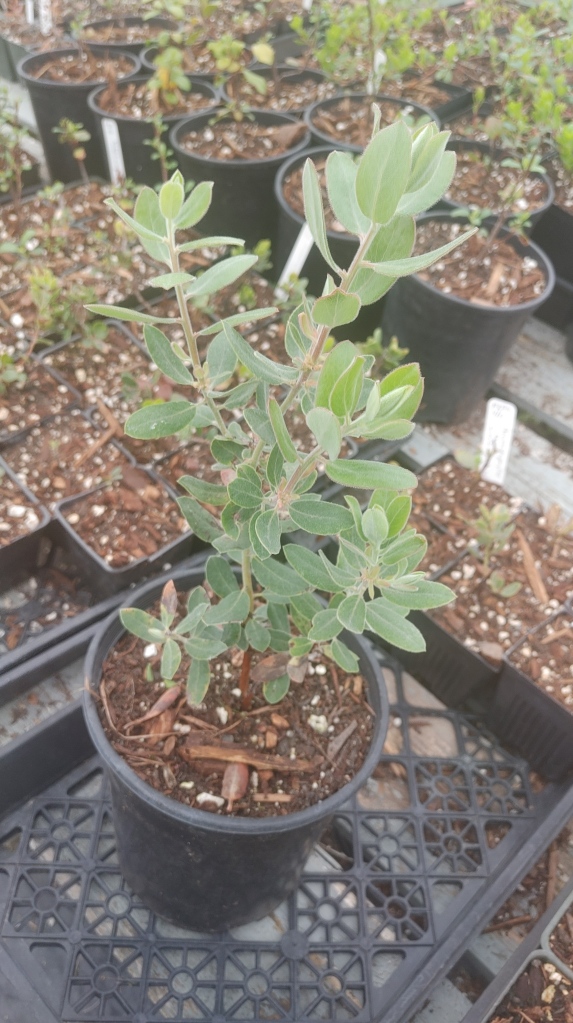
Yesterday was too hot for any of the plants to be exciting. So today we have exciting plant #6, Arctostaphylos tomentosa. This California native plant is ideal for the dry and sunny Northwest garden, making a dense mound about 5′ tall with soft, woolly new growth. It is evergreen and produces clusters of white, bell shaped flowers in the spring, which are followed by red berries in the fall (not generally for human consumption). It has the characteristic red bark common to most manzanitas, and may form an appealing contorted shape over time.
$20 / 4” pot (only 2 available)
$24 / 1 gallon pot


Exciting plant of the day #7, Callistemon sp. ‘Violaceous’. This evergreen shrub has near-purple flowers in the shape of bottlebrushes (a photo is provided in the first comment). Hardy to 10 – 15 F, it takes full sun in stride but can also endure a little shade. It is deer proof and will survive on pretty much any kind of soil with or without irrigation – not at all fussy. There is some uncertainty about the taxonomic status of this plant, but all these seedlings are quite uniform.
$20 / 4” pot
$24 / 1 gallon pot
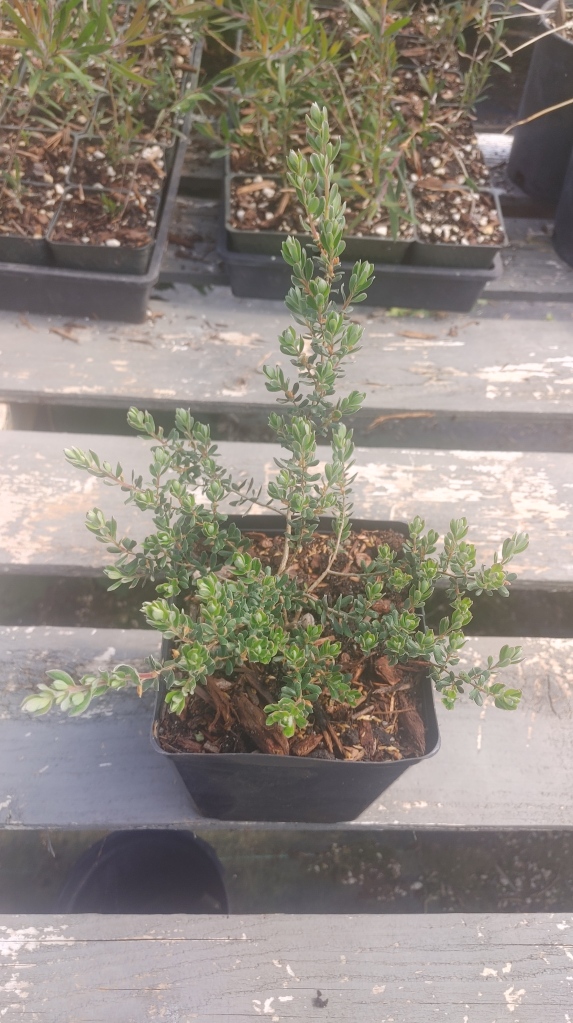
Exciting plant #8, today we bring you Leptospermum lanigerum, the woolly tea tree from Australia. It is an attractive evergreen shrub with small leaves which are aromatic when crushed, and great texture at all seasons. Small white flowers appear in late spring. It will tolerate any soil including waterlogged soil and heavy clay. It can be pruned to shape or allowed to grow to its eventual full height of 20′ after many years. Our selection is from Seattle area plants that have survived all the cold winters of 1989/90 and should be very hardy in the Northwest (west of the Cascades).
$20 / 6” square “gallon” pot
(Other sizes will be available later in the season)

Exciting plant of the day #9. Today we have not-the-greatest picture of a great plant, Ozothamnus hookeri ‘Sussex Silver’. This silvery plant has a soft texture that blends well with larger leafed plants. It also looks great in a xeric-themed garden although it does not require dry conditions. In fact it is remarkably versatile, tolerating any conditions from sun to part shade and wet or dry soil, even heavy, compacted clay soil. It is hardy to around 5 – 10 degrees and also does well in pots. Although it produces clusters of small, white flowers in spring; this plant is mainly about the foliage.
$16 / 4” pot
$20 / 1 gallon pot
$40 / 2 gallon pot (one available)

Exciting plant of the day #10, Vitis vinifera var. incana. This wine grape is mainly grown for its silky whitish new foliage, although we have had it produce fruit in the greenhouse, and it may also do so outdoors in a hot sunny spot. Looking very Mediterranean, it’s the perfect drought tolerant vine for covering something like an ugly fence – or plant it on something with colorful flowers for contrast. Best in sun.
$36 / 2 gallon pot
Watch this space for more exciting plants and more news!









